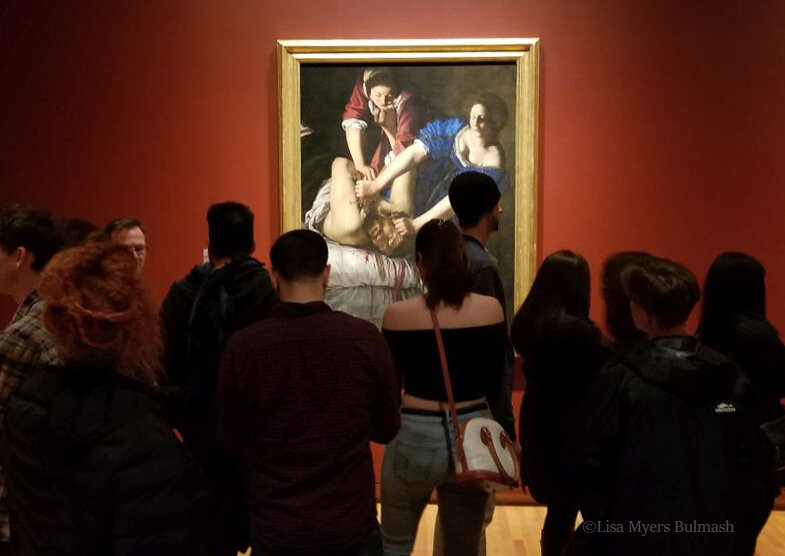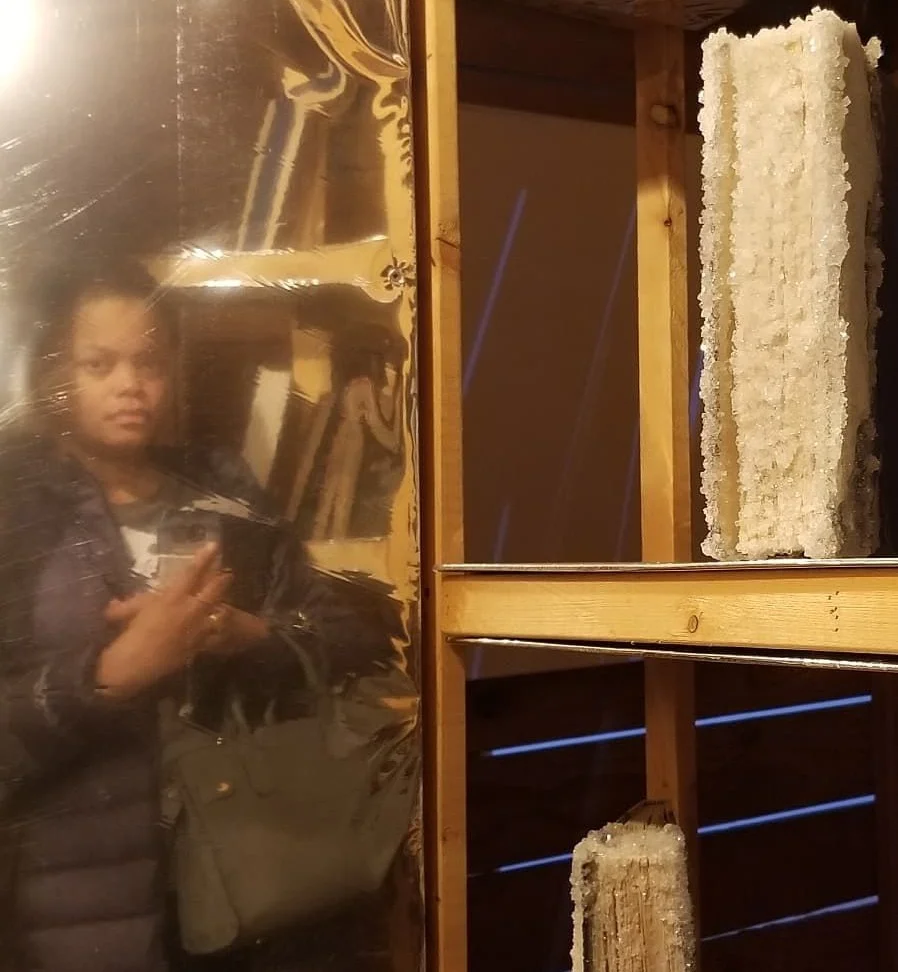"Flesh and Blood," power and manipulation
I’ll admit it: I’m mostly here for the beheading.
Artemisia Gentileschi, “Judith Slaying Holofernes” at Seattle Art Museum
The experience of seeing “Judith Slaying Holofernes” ranks up there with the first time I saw the Mona Lisa in person. Actually, Artemisia Gentileschi’s painting is a bit more impressive: it’s much larger and dynamic (and bloodier, of course). I definitely got an eyeful at the “Flesh and Blood” exhibit of Renaissance paintings on loan to the Seattle Art Museum.
But besides the color and violence, you can’t miss the underlying themes of power and manipulation. If you know “Judith Slaying Holofernes,” you probably know it’s often linked to Gentileschi’s own rape and trial. There’s another murder scene (of Cain and Abel) in this room, but it looks like a sexual assault.
Lionello Spada, “Cain and Abel”
And although Atalanta is just running a race against Hippomenes, he still overpowers her with the magical golden apples. A princess loses her independence to a cheater tossing around shiny stuff. (Distracted by gold? Aren’t princesses usually SURROUNDED by gold and jewels?)
I know… different time, different place and context. And this traveling exhibit was planned years in advance. But in light of the #metoo movement, it’s even more difficult to separate the pretty pictures from the underlying coercion.
HWT in PDX: "All Things Being Equal..."
Northwesterners: If you want to see the work of an art superstar without getting on a plane, you better hustle. In two days, the Hank Willis Thomas exhibit “All Things Being Equal…” leaves Portland.
Thomas’ work is spectacular in all senses of the word: a ‘spectacle’ in size, subject matter, and beauty. So I was impressed but not surprised by the soaring flag-based piece the Portland Art Museum commissioned for this exhibit.
The stars and the title of “14,719 (2018)” represent a person killed by gun violence in America during 2018. The appalling death count sounds concrete, yet abstract at the same time. I’m not sure if the long banners allow an emotional distancing or if they create an undeniable immediacy.
Hank Willis Thomas, “Bearing Witness: Murder’s Wake” (detail & full-size)
Fortunately, other pieces help to scale down the shock and awe to a more human scale. On the staircase, a photo installation highlights friends and family who grieved after the shooting death of the artist’s cousin. The darkened spaces refer to people who might have met him, but never will.
The more intimate artworks spread a warmth throughout the rest of the exhibit, mostly pop culture pieces for which Thomas is best known. So you see stinging critiques of bling and advertising culture, as well as a heart-breaking short film about Willis’ murdered cousin. If you’d like to see both ends of the Hank Willis Thomas spectrum, like I said, get moving or get a plane ticket. The exhibit heads to Arkansas and then Ohio.
"Library of Black Lies" at the Henry
Thank goodness most art venues give you a few months to see the work of major artists: I’d miss pretty much everything if they were two-day pop-ups. Fortunately, my schedule opened up the other day, so I seized the chance to see Edgar Arceneaux’s installation at the Henry Art Gallery.
The danger of a single narrative — especially about black people — is one of his primary themes. Part of the wall text reads:
Arceneaux’s architectural installation Library of Black Lies furthers this conceit, positing that there is no singular truth to history and that even well-intentioned narratives can lock things down to one agenda or cause. Arceneaux argues that the true nature of people and events, which is insistently messy, chaotic, and rhizomatic, is often whitewashed and sterilized.
Talk about “messy”: the installation includes several of Bill Cosby’s books, partially encrusted with sugar crystals. It’s lovely and disturbing, because the crystallization gradually eats away at the book. What a profound way to illustrate how Cosby’s (pre-rape-conviction) narratives and fatherly image morph into something else.
As an artist who also explores different ways of being black, I’m inspired by this traveling installation — and also really glad I didn’t see it before my museum exhibit. I can imagine going down a rabbit hole of comparing my work-in-progress to his… and nobody wants to see that end result. If you’d like to see the “Library of Black Lies,” seize the day: the installation closes the first weekend of June.











